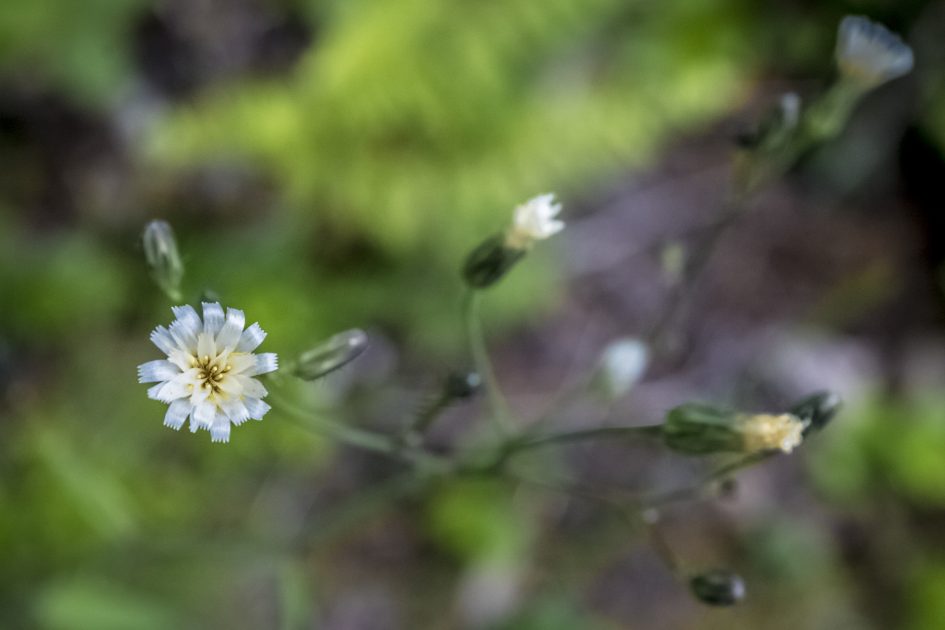Although we made these assumptions, there are many things that we are very unsure of. For example, their age, their ability to speak, write, and understand English. Their relationship with one another, how long they have been at the school? Why the picture was taken? Was the picture staged?
We chose this primary document because it provides a more tangible interpretation of the experience of the children in the residential schools. From the assumptions we create from observing this image, we are able to then go to other primary and secondary sources to gain a more accurate and in-depth perspective behind the historical context of the photo.
Link to photo: https://www.thestar.com/news/canada/2015/06/
Image: White Petals, taken by Katryna Barone

Leave a Reply